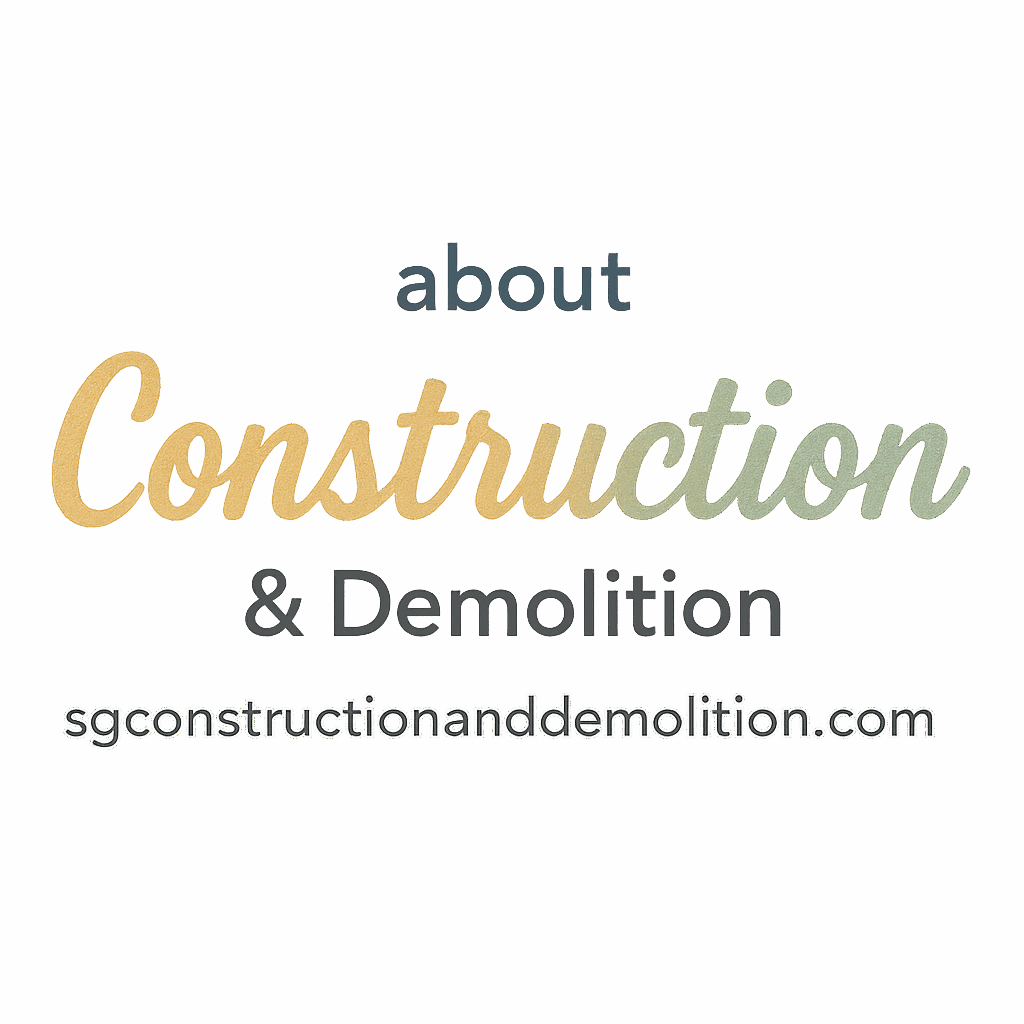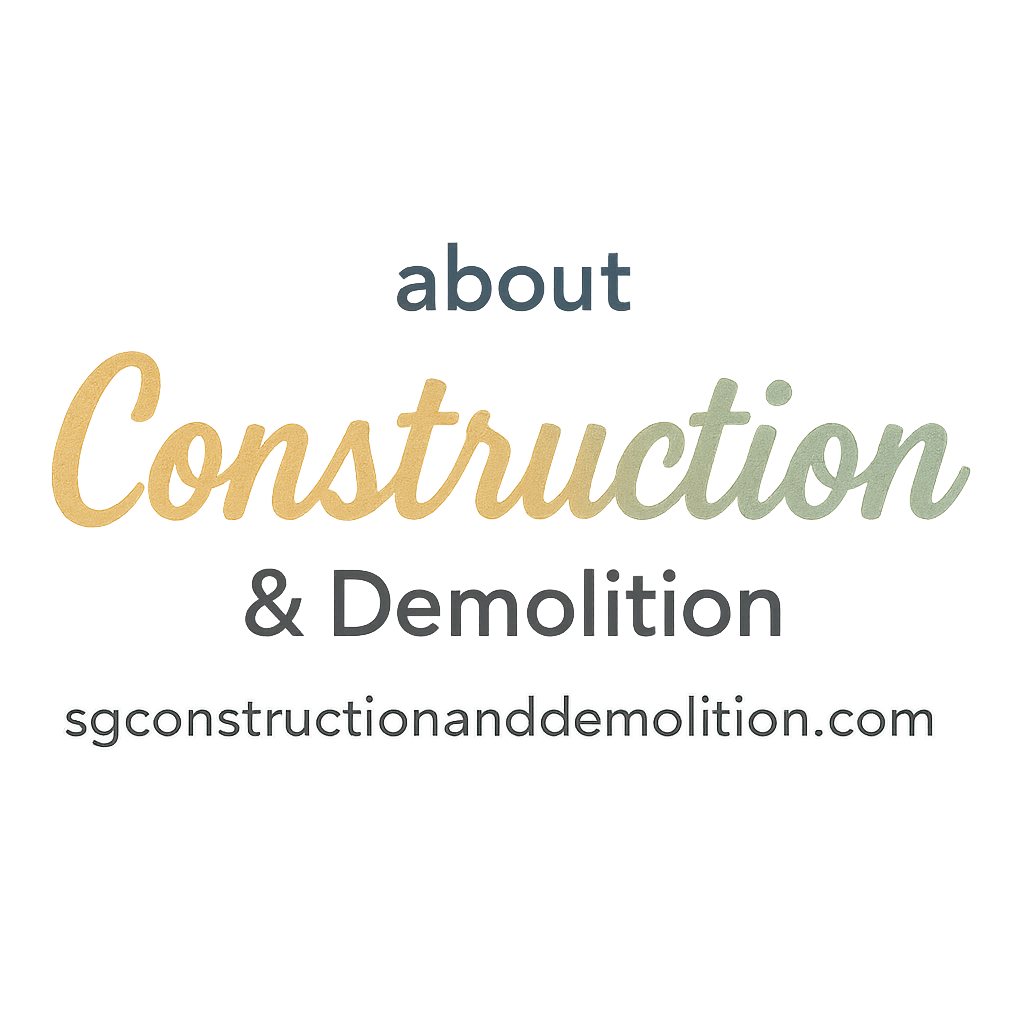Introduction to Sustainable Construction
Let’s face it—construction is evolving. We’re not just putting bricks together anymore. We’re building with purpose. Sustainable construction is leading that charge, redefining how we approach building design, execution, and longevity. But what exactly makes it the blueprint for a better future?
What is Sustainable Construction?
Definition and Core Concepts
Sustainable construction refers to the process of designing and building structures using environmentally responsible and resource-efficient practices. It’s about using renewable resources, reducing energy consumption, minimizing waste, and making buildings that last longer and function smarter.
Why It Matters More Than Ever
Our planet’s resources are finite, and the traditional construction industry has been one of the biggest contributors to pollution and carbon emissions. By shifting to sustainable methods, we’re not only saving the planet—we’re also paving the way for smarter, healthier communities.
Benefit 1: Environmental Conservation
Lower Carbon Emissions
By incorporating energy-efficient systems and materials, sustainable construction dramatically reduces carbon footprints. Think solar panels, better insulation, and LED lighting—tiny changes that make a big impact over time.
Reduced Waste Generation
Construction and demolition debris account for a huge percentage of global waste. With methods like modular building and recycling materials, sustainable construction keeps waste out of landfills.
Natural Resource Preservation
Sourcing local and renewable materials like bamboo, reclaimed wood, or recycled steel helps preserve finite resources and reduce transportation emissions.
Learn more about eco-conscious demolition practices: Demolition Techniques
Benefit 2: Long-Term Cost Savings
Lower Utility Bills
Energy-efficient windows, smart HVAC systems, and solar technology drastically cut down on electricity and heating costs. Over the years, that means big savings.
Reduced Maintenance Costs
Sustainable buildings are designed to be durable and low-maintenance, which means fewer repairs and replacements down the road.
Tax Incentives and Rebates
Governments often reward green initiatives through tax credits, rebates, and subsidies for eco-friendly construction.
Explore smart cost-saving methods: Green Smart Trends
Benefit 3: Healthier Living Environments
Improved Air Quality
Better ventilation systems and non-toxic building materials result in cleaner indoor air, which is great news for anyone with allergies or respiratory issues.
Use of Non-Toxic Materials
Sustainable construction avoids the use of harmful chemicals like formaldehyde or lead-based paints. This leads to healthier, safer indoor spaces for families and workers alike.

Benefit 4: Increased Property Value
Attracting Eco-Conscious Buyers
There’s a growing market of buyers who prioritize sustainability. Green-certified homes and commercial spaces often sell faster and for more.
Higher Market Demand
Properties built with sustainable methods are viewed as modern and forward-thinking, making them more attractive in a competitive real estate market.
Benefit 5: Compliance and Certification Advantages
LEED and Green Certifications
Getting certified by agencies like LEED (Leadership in Energy and Environmental Design) opens doors to new opportunities and markets. It’s a stamp of quality and environmental stewardship.
Regulatory Compliance Made Easy
With tightening environmental regulations, sustainable construction ensures you’re ahead of the curve and protected from future policy shifts.
Dive deeper into regulations and safety: Planning & Safety
Benefit 6: Energy Efficiency and Smart Technology Integration
Solar Panels and Renewable Energy Systems
Harnessing renewable energy isn’t just good for the planet—it’s smart for your wallet too. Solar panels are becoming more affordable and accessible every year.
Smart Home Systems and Sensors
From smart thermostats to lighting and energy monitoring systems, technology is transforming buildings into intelligent ecosystems that adapt and optimize energy use.
Check out the tools powering modern builds: Tools & Equipment
Benefit 7: Innovation and Future-Readiness
Modular and Prefab Construction
Building in modules off-site reduces waste, saves time, and allows for better quality control—plus, it’s easier to disassemble and repurpose down the line.
Circular Economy in Construction
The circular economy model keeps materials in use for as long as possible. Think recycled concrete, reclaimed wood, and reusable components. It’s the future of building smart.
How to Get Started with Sustainable Construction
Planning and Design Tips
Start with a solid plan. Incorporate passive design principles, select sustainable materials, and consult with green building professionals early in the process.
Start with the fundamentals: Construction Basics
Tools and Equipment You’ll Need
Using energy-efficient power tools, solar-powered equipment, and waste-reducing machinery can significantly improve your project’s sustainability profile.
Browse tools for green builds: Power Tools Tag
Common Misconceptions About Sustainable Construction
It’s Too Expensive
While upfront costs may be higher, long-term savings in utilities, maintenance, and tax breaks often outweigh the initial investment.
It Limits Design Choices
Actually, green building materials come in a wide range of styles and finishes, offering plenty of room for creativity and customization.
Explore more myths debunked: Myths Tag
Conclusion
Sustainable construction isn’t just a trend—it’s a necessity. Whether you’re a homeowner, a builder, or a policymaker, embracing these practices can lead to healthier communities, lower costs, and a brighter future. The benefits are tangible, the impact is lasting, and the time to act is now.
Ready to build the future? Let SG Construction and Demolition guide your journey.
FAQs
1. Is sustainable construction more expensive?
It can have a higher upfront cost, but long-term savings in energy and maintenance typically offset those expenses.
2. What materials are considered sustainable?
Bamboo, recycled steel, reclaimed wood, and low-VOC paints are all great examples.
3. How do I know if a building is truly sustainable?
Look for certifications like LEED, Energy Star, or consult professionals with experience in green building.
4. Can sustainable construction work for commercial buildings?
Absolutely! Offices, schools, and hospitals benefit significantly from green design and energy efficiency.
5. What’s the best way to start building sustainably?
Begin with planning and consult experts who can guide you through materials, design, and tech.
6. Do sustainable buildings have better resale value?
Yes, especially among buyers who prioritize eco-friendliness and lower operational costs.
7. Where can I learn more about construction and demolition techniques?
Visit SG Construction and Demolition for resources, guides, and expert advice.


